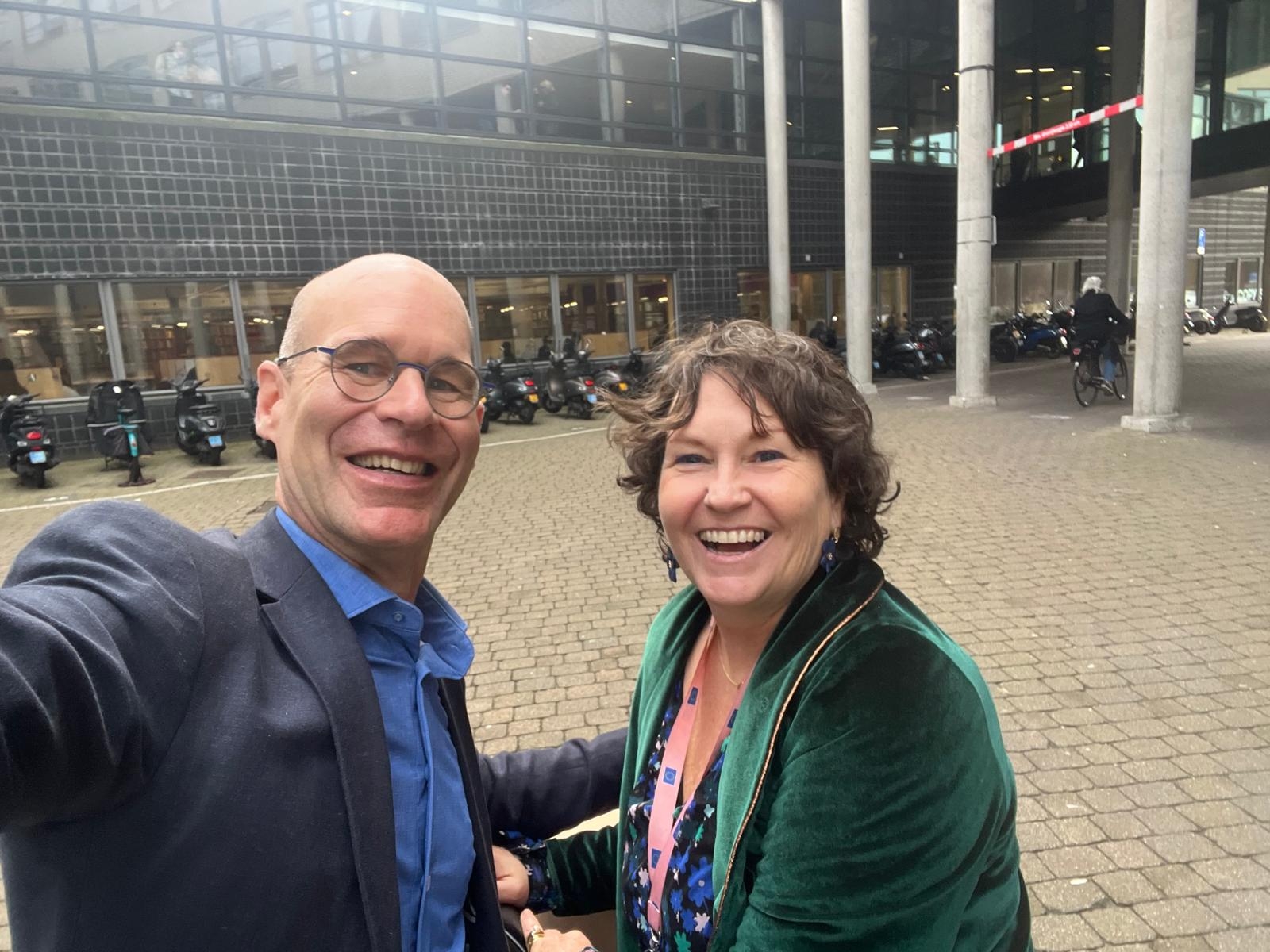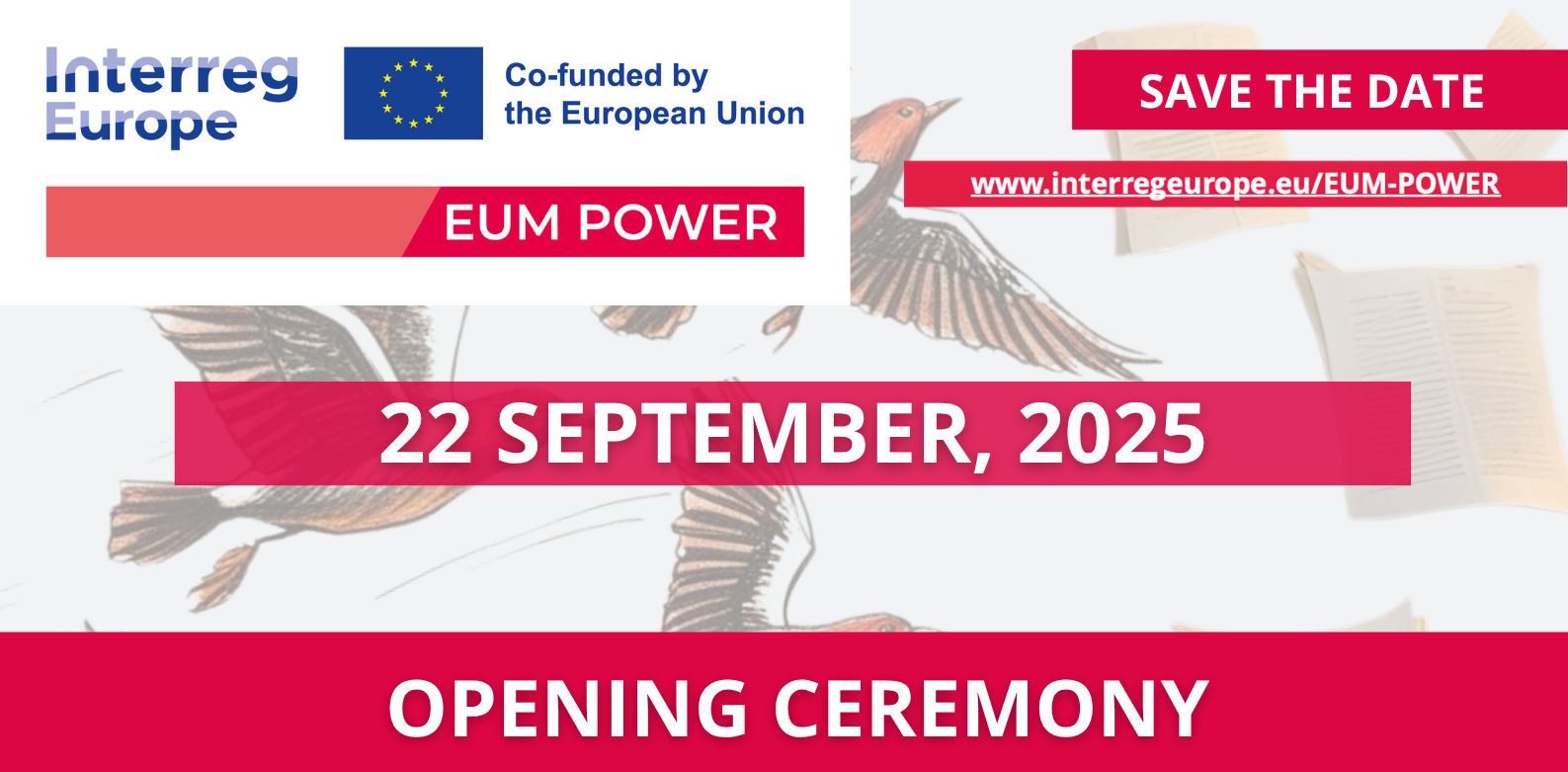What is the European Council?
You probably know this EU body, though perhaps under a different name. When the European Council meets, the news often refers to it as an 'EU summit'. During such summits, the heads of government of the 27 EU member states and the President of the European Commission meet in Brussels under the chairmanship of former Portuguese Prime Minister António Costa.
Tasks
Officially, their role is to define the EU's general political direction and priorities. Increasingly, however, the European Council also steers concrete political initiatives and resolves crises at the highest level – such as the COVID-19 pandemic and Brexit.
Take for example the ongoing migration debate in Europe. Various European leaders noticed that part of their electorate wanted to see stricter measures. They brought this message with them to the October 2024 EU summit. In response, the President of the European Commission – the EU's executive branch – came forward with new proposals. These plans, of course, then needed to be discussed again in the member states.
Since July 2024, Dutch Prime Minister Dick Schoof has been representing the Netherlands in the European Council. For nearly 14 years before that, it was former Prime Minister Mark Rutte who sat by the Dutch flag. During that time, research shows that the Netherlands had significant influence, even "punching above its weight" for quite a while.
What is the Council of the EU?
This EU institution is also sometimes referred to in the news by a different name: the Council of Ministers. Within this Council, ministers from the various member states come together by policy area to negotiate European legislation. For example, if the topic is agricultural policy, the agriculture ministers meet in Brussels. For the Netherlands, that currently means Minister Femke Wiersma (BBB).

Femke Wiersma during a meeting with European Commissioner Wopke Hoekstra in Brussels. Source: European Union, 2024.
These ministers also have national responsibilities to attend to, so they cannot always be in Brussels for negotiations. That is why each member state has a so-called 'permanent representation' (PermRep) in Brussels – which can be seen as an embassy. They are staffed with diplomats who prepare the ministers' work. At the Dutch PermRep, 120 people work under the leadership of the 'Permanent Representative', Pieter-Jan Kleiweg de Zwaan.
Making legislation
Before EU legislative proposals reach ministers, experts from all member states examine and prepare the texts. There are usually dozens of such articles, and in most cases, no single country has a veto – instead, a majority must be found for each proposal. That can be quite a process among 27 countries.
And then there's the role of the European Parliament: For an EU law to be adopted, it must be approved by both this Council and the European Parliament.
What is the Council of Europe?
The Council of Europe (CoE) is not an EU institution, but an organisation through which (European) governments make agreements with one another. Although its name resembles the two EU bodies mentioned above, the Council of Europe is entirely separate from the European Union and functions as an independent international organisation.
The EU was founded after the Second World War to prevent another war through economic interdependence between European nations. Around the same time, the Council of Europe was established to protect European values such as democracy, human rights, and the rule of law.
Members
The CoE has 46 European member states – all EU countries, as well as the UK and Norway, which are not in the EU. In addition, several (including some non-European) countries hold observer status – meaning they may participate in meetings but do not have voting rights.






















































